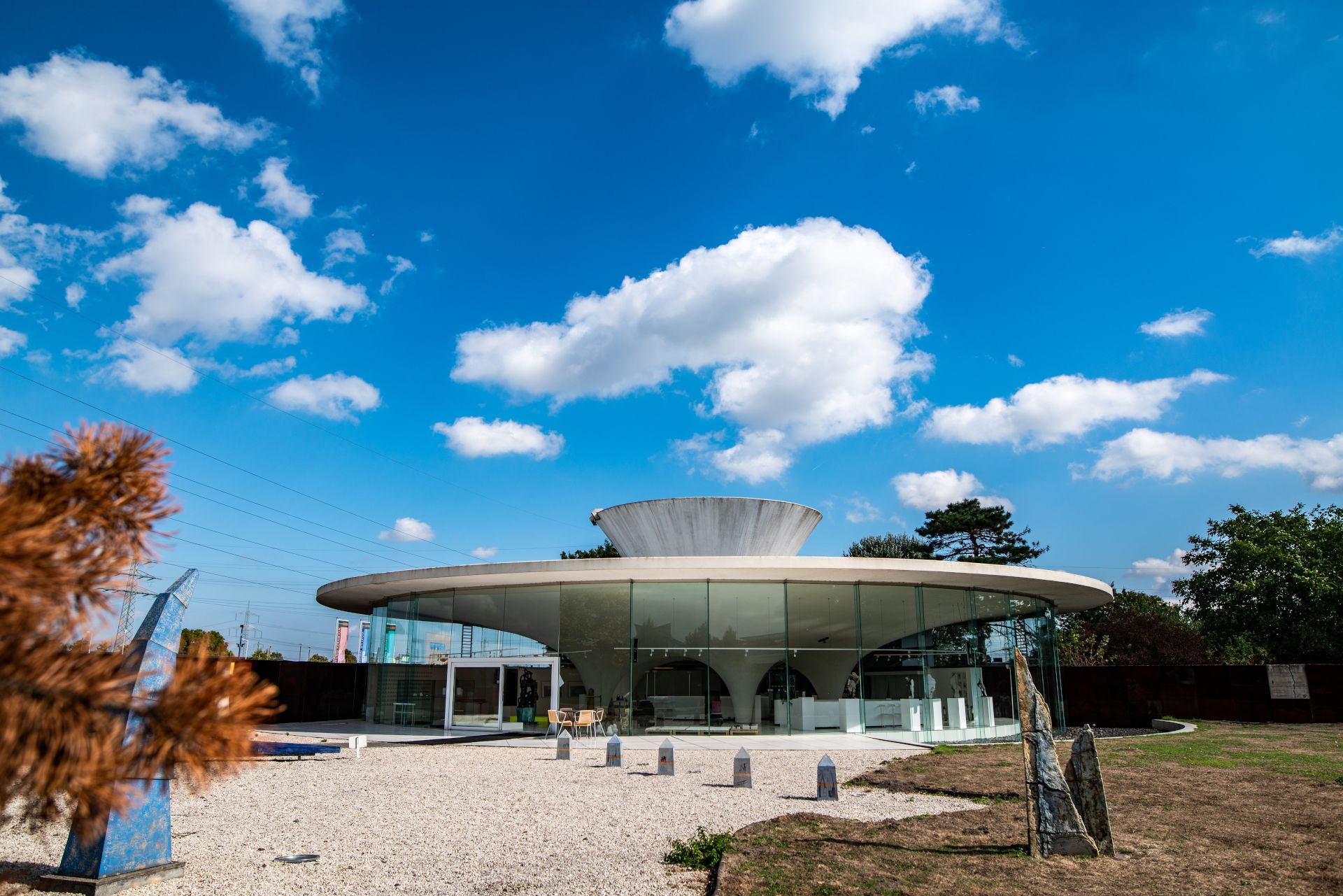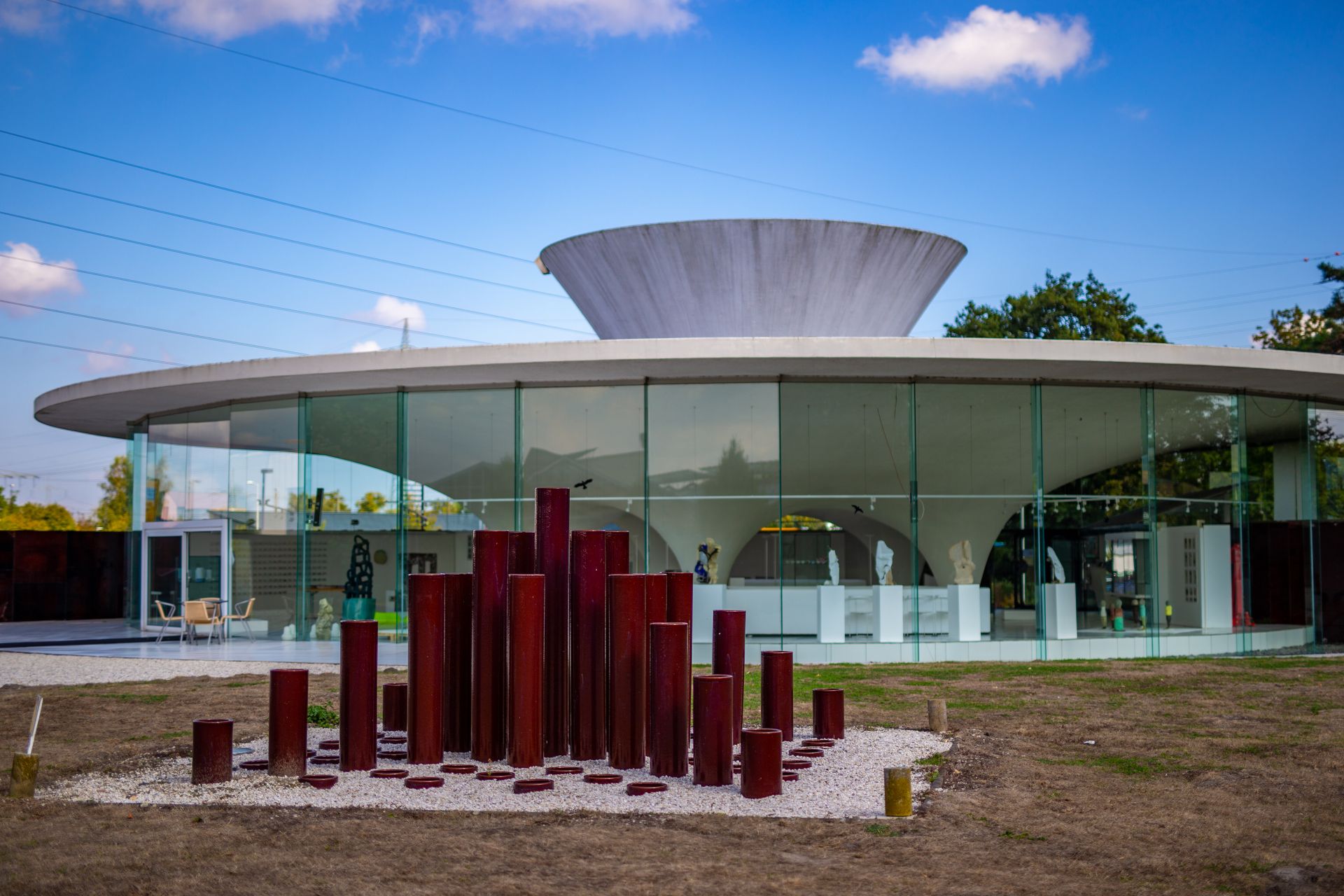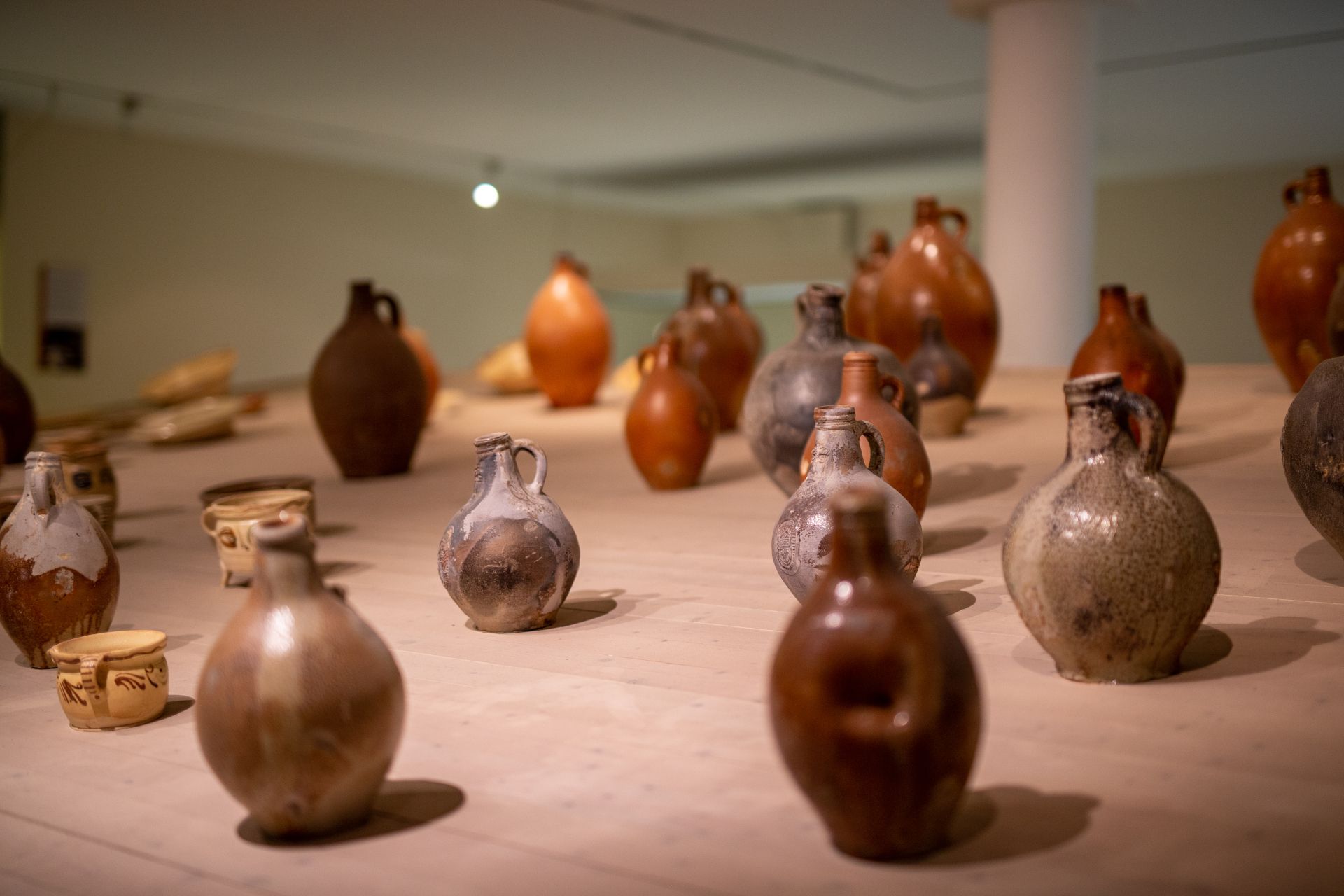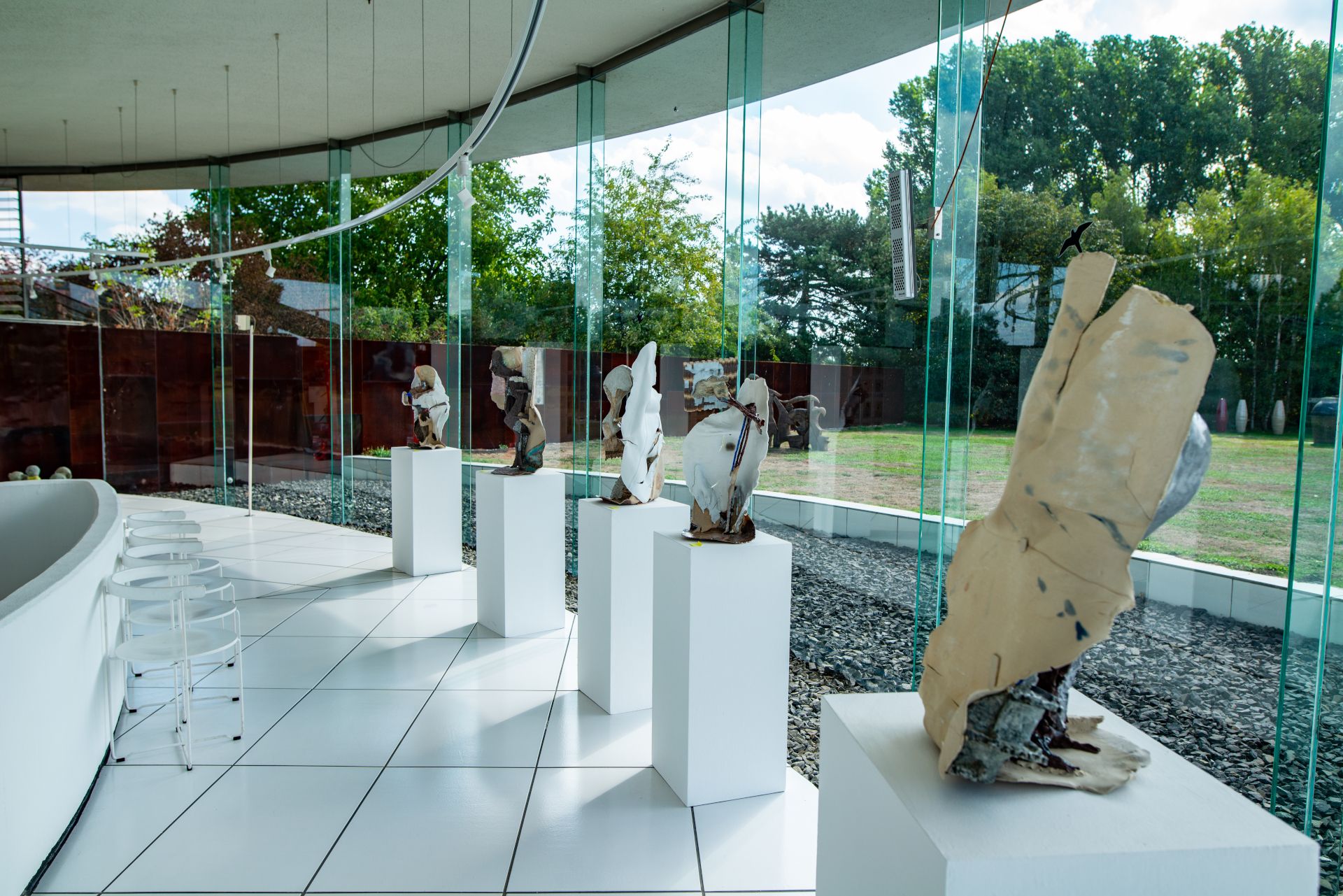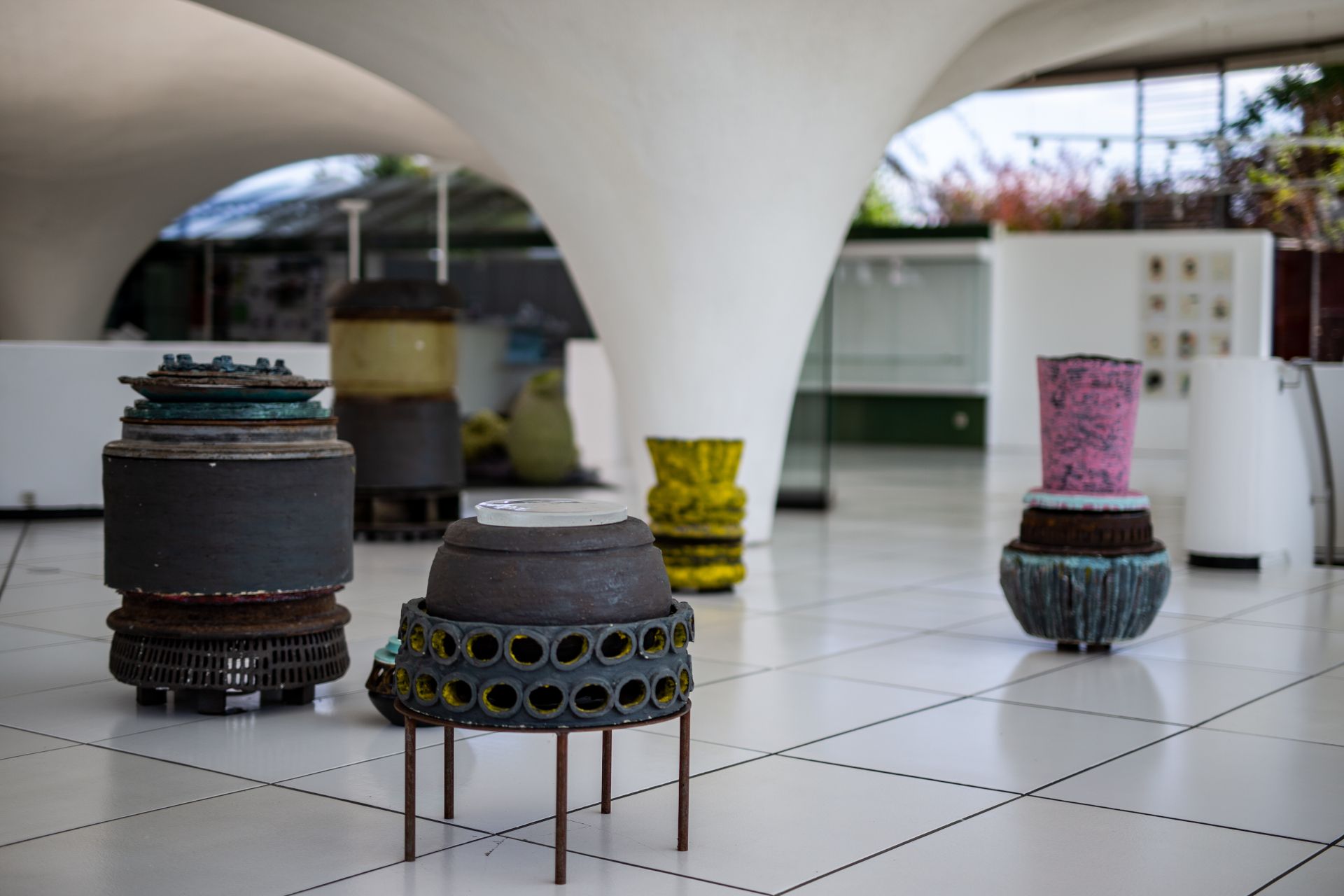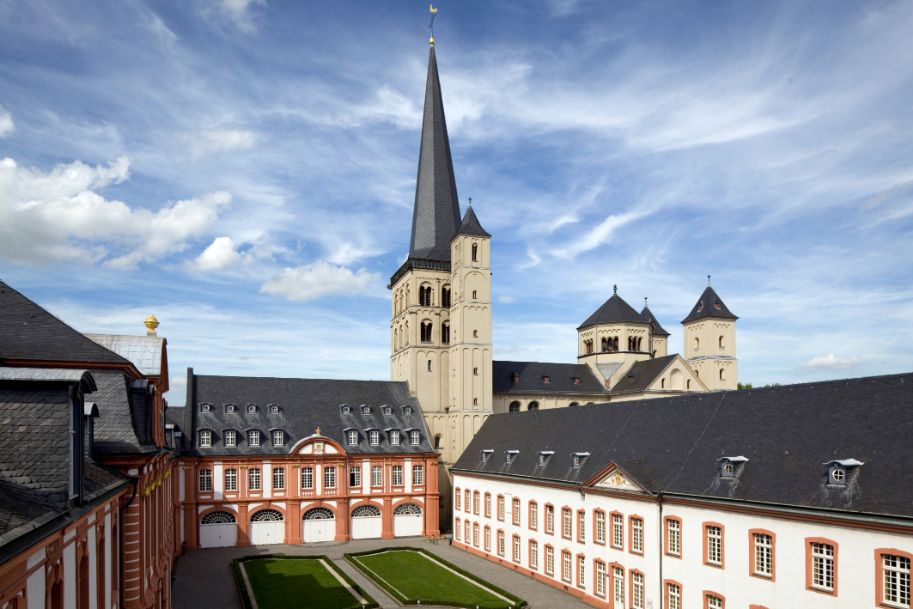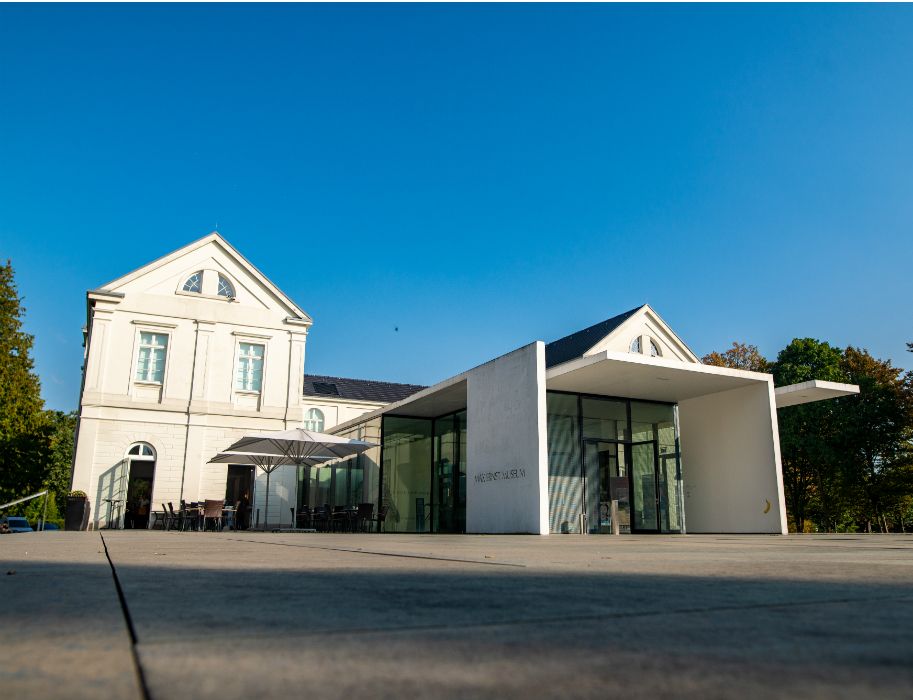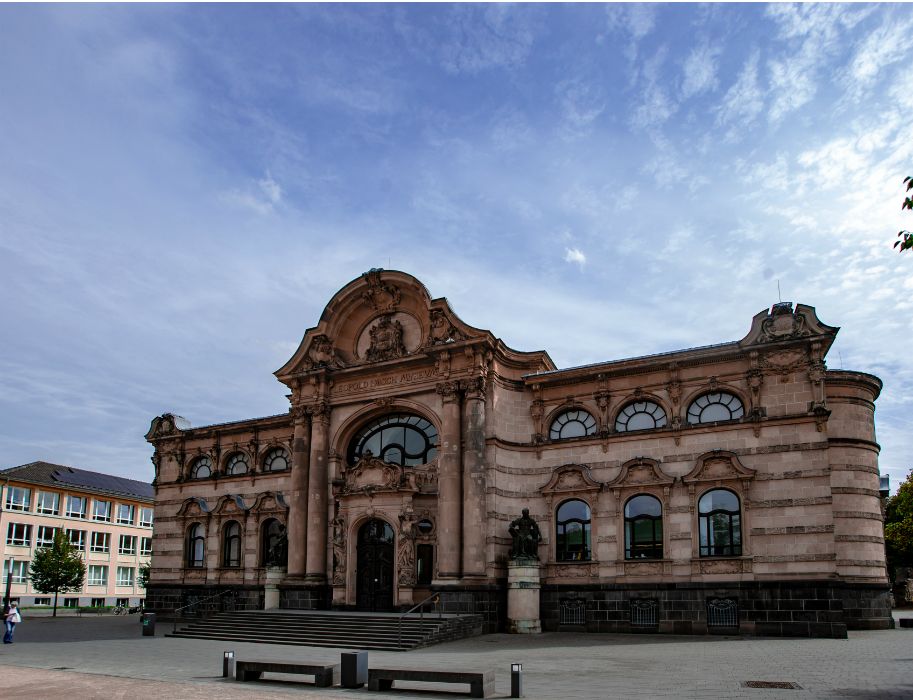Even from the outside, the KERAMION in Frechen is a real eye-catcher. The roof construction of the circular building made of concrete and glass resembles the silhouette of a giant potter's wheel. A reminiscence by the architect of the potter's craft. The Frechen stoneware entrepreneur Dr. Gottfried Cremer, whose important collection of modern ceramics has been presented in the special museum since the 1970s, provided the idea.
For centuries, Frechen was a stronghold of the pottery trade. Finds document a lively trade dating back to the 13th century. The names of around 500 pot and düppen bakers and 70 merchants are known, whose ceramics were even traded overseas. And until 2018, stoneware pipes were still being produced in Frechen using state-of-the-art technology for the town's drainage system.
Success story in the historical department
The historical success story of Pingsdorf ware, Rhenish stoneware and earthenware from the Lower Rhine is presented in the KERAMION's historical section. During the tour, visitors will repeatedly come across a man with a beard. This is because one of the most important products of stoneware production in Frechen was once the so-called Bartmann jug, which incidentally still adorns the town's coat of arms today. The KERAMION presents numerous examples from the 16th to 19th centuries as well as lead-glazed picture bowls typical of the region in the all-round glass museum with a view of the green spaces. Several times a year, the KREAMION also organizes special exhibitions by individual artists as well as national and international overview exhibitions.
In addition to the collection of regional historical ceramics, the special museum is also home to one of the largest private ceramic collections in Germany. The Frechen-based stoneware entrepreneur Dr. Gottfried Cremer donated over 5,000 pieces from more than 500 renowned ceramists from Europe to the KERAMION. The enormous stylistic diversity of the vessels, reliefs, picture panels and installations is particularly impressive, offering visitors a comprehensive overview of the ceramic art of recent decades.
Past and present also come together in the outdoor area around the listed main building, which was extended in 2012 to include a small pavilion for museum education. As visitors stroll through the grounds, they repeatedly come across artistic sculptures and huge stoneware vessels and pots from the former Frechen ceramics industry.
